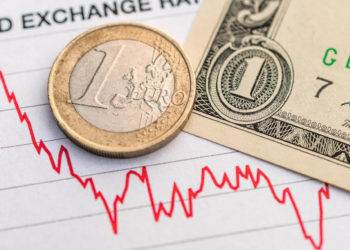Companies are releasing their 2024 full-year results and dividend announcements, with Stanbic Bank being the first Kenyan bank to release their FY’2024 financial results, announcing a Kshs 20.74 per share full year dividend. Understanding how these factors impact market stock prices is essential for any investor. Investors can earn from stocks in different ways, such as capital gains, dividends, and dividend reinvestment plans (DRIPs). Financial results provide insights into a company’s performance and financial health.
Regular financial reports offer a detailed account of a company’s profitability, revenue, expenses, and overall stability. Positive earnings reports often lead to an increase in stock prices as investors gain confidence in the company’s future prospects. Conversely, negative earnings report often result in a decline in stock prices as investors reassess the company’s value.
Market expectations play a significant role in how stock prices react to financial results. If a company’s earnings exceed market expectations, the stock price is likely to rise. On the other hand, if earnings fall short of expectations, the stock price may drop. This reaction is driven by the market’s perception of the company’s ability to meet or exceed future performance targets.
Investors use fundamental analysis to evaluate a company’s financial health and determine its intrinsic value. Key metrics such as Earnings Per Share (EPS), Price-to-Earnings (P/E) ratio, and revenue growth are analysed to assess the company’s performance. A strong financial performance, reflected in these metrics, can lead to an increase in stock prices as investors perceive the company as a good investment opportunity.
Dividends are payments made by a company to its shareholders, usually in the form of cash or additional shares. Dividend announcements and payments can significantly impact stock prices. When a company announces a dividend, it signals financial health and profitability to investors. This announcement can lead to an increase in stock prices as investors anticipate receiving a portion of the company’s profits. The declaration of dividends often attracts income-focused investors, driving up demand for the stock.
The ex-dividend date is the cutoff date for determining which shareholders are eligible to receive the dividend. On this date, the stock price typically drops by the amount of the dividend. This price adjustment reflects the fact that new shareholders who purchase the stock on or after the ex-dividend date are not entitled to the upcoming dividend payment.
The actual payment of dividends can also influence stock prices. While the immediate impact may be a slight decline in stock prices due to the outflow of cash from the company, the long-term effect can be positive. Consistent dividend payments indicate a stable and profitable company, which can attract long-term investors and support stock price growth. Dividend announcements can affect market sentiment and investor confidence. A company that consistently pays dividends is often viewed as financially stable and reliable. This positive sentiment can lead to increased demand for the stock, driving up its price.

















